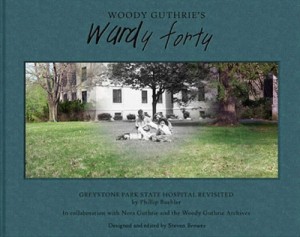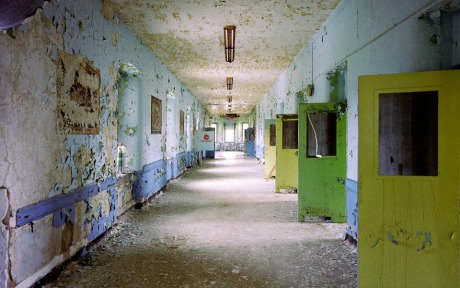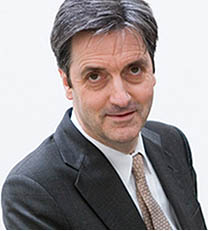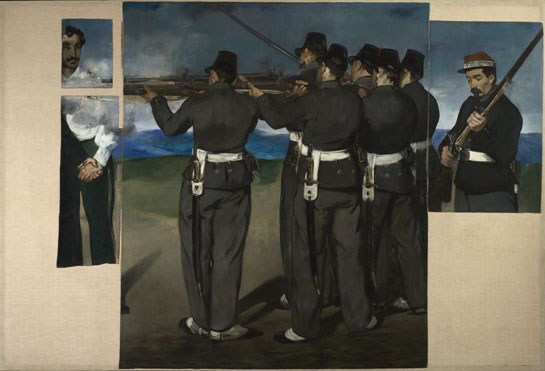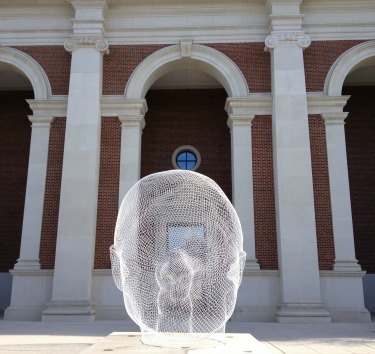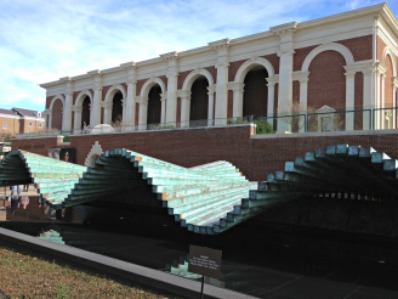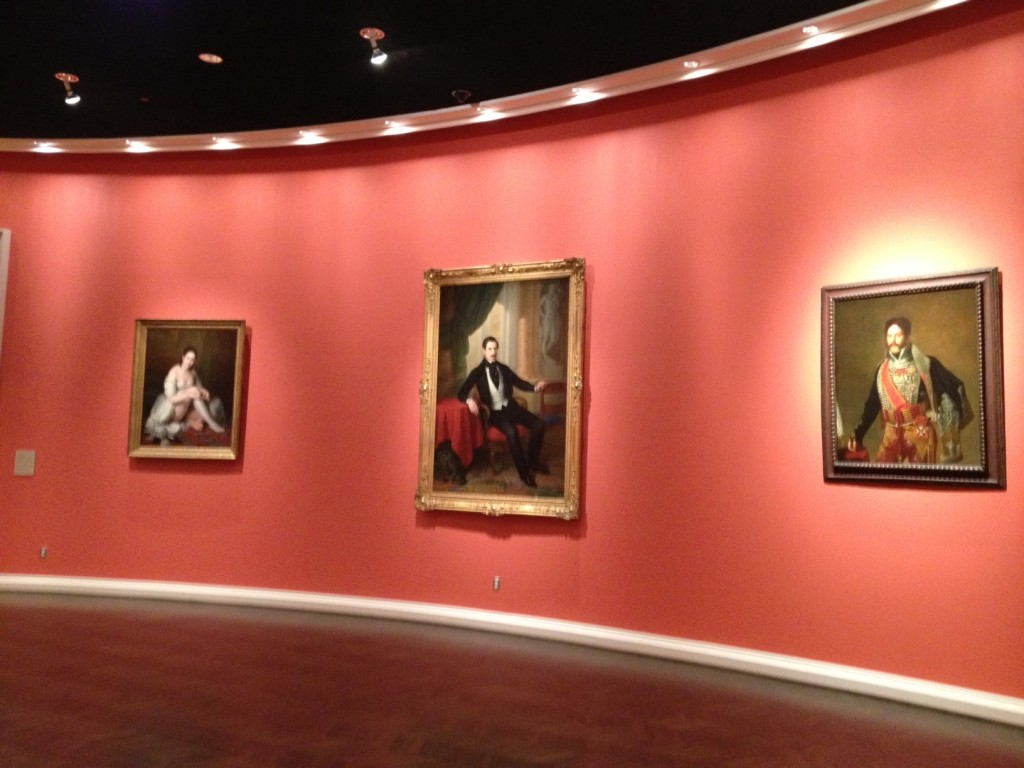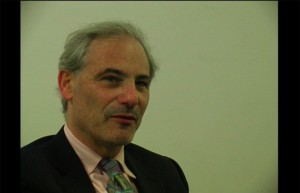Philippe de Montebello interviewing Tom Campbell? There’s a potentially freighted, and artificial, encounter. Leave it to television, Channel Thirteen in in New York, to set up this engagement — it was done for the station’s NYC arts show, which airs tomorrow, but the 13-minute-plus interview is up on the web now. That them, at right, when Campbell got the job in 2008.
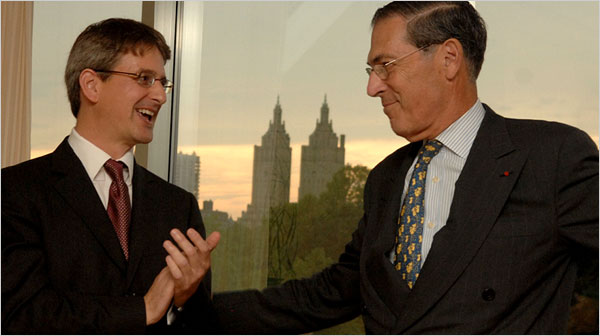 Give de Montebello credit for asking questions that touch on controversial matters, but — this being TV, where the tough questioner tends to look like the bad guy, not the evasive responder, unless he/she is a clear malfeasor — there are no fireworks. If you want to know what de Montebello thinks about the answers, you’re going to have to read his facial expressions.
Give de Montebello credit for asking questions that touch on controversial matters, but — this being TV, where the tough questioner tends to look like the bad guy, not the evasive responder, unless he/she is a clear malfeasor — there are no fireworks. If you want to know what de Montebello thinks about the answers, you’re going to have to read his facial expressions.
To me, probably the most interesting question came near the end, at about 12:20, when de Montebello tries to get Campbell to distinguish between experiencing a museum and experiencing art (sound familiar, RCA readers?). Campbell answers but asserts that the crucial thing is sparking the curiosity of visitors, presumably about art.
What else did Campbell say? He confirmed that the Whitney Breuer building will be experimental without duplicating the Museum of Modern Art, the Guggenheim, the New Museum (whew) and the Whitney (about 8:05) and that it will mix contemporary art with older art to illustrate interconnections (about 8:35), he talks up performances in the galleries (well, ok, outside the auditoriums (about 6:10) and mentions Leonard Lauder as catalyst (about 11:20).
I have only one quibble with Campbell — ar0und 7:10, he repeats the canard that universal museums can be intimidating to young people: too much art history is scary to people who have no trouble over-imbibing, getting tattoos and trying all that risky behavior we all do when we’re young. I don’t think that frames the problem correctly, and that means it’s leading to wrong answers.
Here’s the link to the video.

